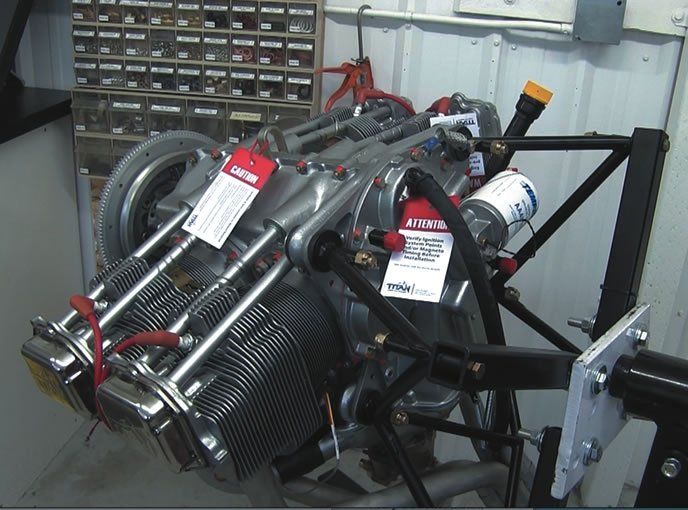For people who fish, hunt and camp, and who also fly, float flying is an inevitable career checkpoint. If such pilots don’t eventually own floatplanes, they’re likely to hire pilots who do. That’s why Beavers and 185s keep busy in Alaska and why a portion of light sport sales include floats. Now, one of the most popular float rigs, CubCrafters’ hot rod Carbon Cub, is re-entering the market.
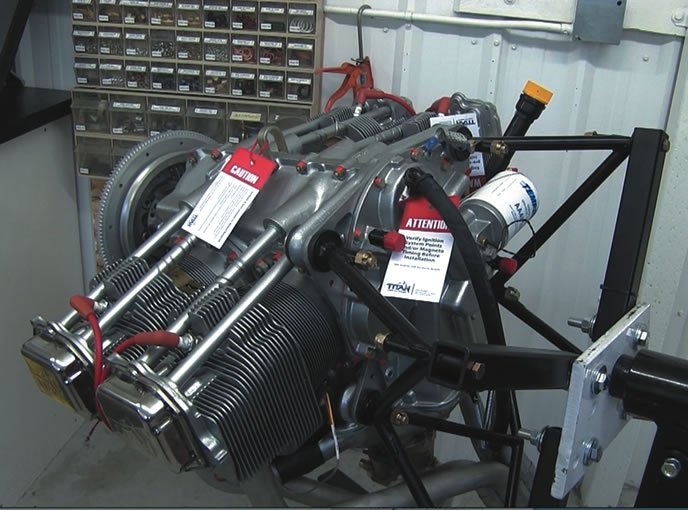
After a few years of fitting the Carbon Cub with Baumann floats, CubCrafters has switched over to Aerocet floats, not necessarily electively, either, because Baumann simply stopped making floats around 2011. Until the Aerocets became an option about a year-and-a-half ago, CubCrafters had no float choices for its buyers.
That may have cost some sales; CubCrafters’ Randy Lervold told us that as many as one in five buyers order floats at some point in their ownership. And adding floats is not for bottom feeders; the floats themselves are a $50,000 upsell, pushing the total invoice for a well-equipped Carbon Cub to $280,000.
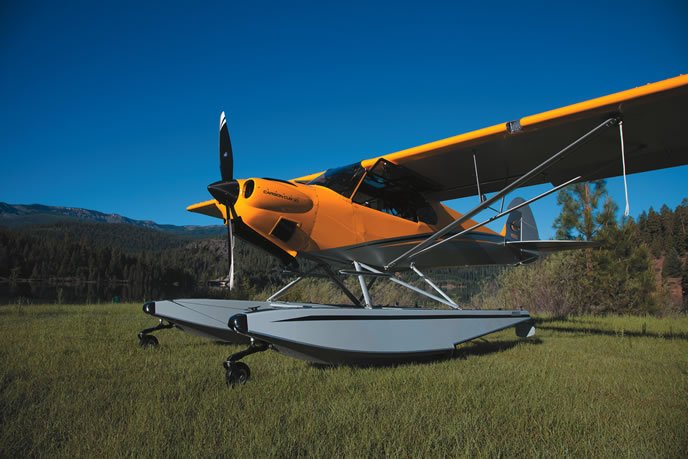
What you get for the money is, according to our recent flight trial of the Carbon Cub, a strong-performing amphibian that gets off the water quickly, is robust enough for operations from unimproved turf and, surprisingly, doesn’t give up much cruise speed for hauling around a pair of plastic canoes where the wheels would otherwise be.
CubCrafters, which is based in Yakima, Washington, made its bones picking up where Piper left off with the Super Cub. The Super Cub has always been a favorite among back-country fliers, glider and banner towers and pilots scratching a living out of flying fisher people on and off sandbars, rivers and frozen lakes for hire. For its size and weight, the Super Cub hauls a good payload, is easy to maintain and does all this at a moderate fuel burn.
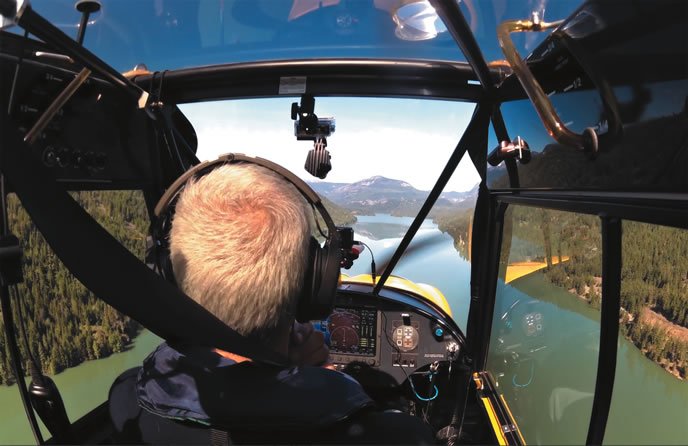
Although Piper did we’ll with the Super Cub, eventually selling about 8500 aircraft, it lost interest in the model in the early 1980s. That gave CubCrafters owner Jim Richmond an opening, first to restore and overhaul hundreds still in the field and eventually to design, build and certify his own version, the Top Cub. The Top Cub owes its existence to the Super Cub, using the same basic planform with similar dimensions and the same airfoil section. However, CubCrafters re-engineered the Top Cub, improving its structural efficiency to the point that it carries more than the Super Cub ever did. The Top Cub is a steady but not huge seller for CubCrafters; most of the sales go to government agencies for patrol and survey work.
When the light sport aircraft rule was adopted in 2004, CubCrafters offered another take on the Super Cub, the Sport Cub and followed that model with a new design that both raised the bar on LSA performance and ruffled some feathers in LSA-dom. It was the Super SportCub, which eventually gained the nameplate Carbon Cub. Although it too follows the Super Cub idea—same basic size, planform and wing—the Carbon Cub comes at performance from both ends of the spectrum; lighter weight at the bottom and more horsepower at the top. Stripped to its underwear, a Carbon Cub has a less complex, lighter structure than the Top Cub did and is an astonishing 300 pounds lighter.
It has a 180-HP four-cylinder engine that CubCrafters developed in conjunction with ECi making it by far the most power-loaded airplane in the LSA segment, with performance to match the expectations raised by the numbers. Although it funded much of the development work and design, CubCrafters now has ECi supply the Titan engine which, at 245 pounds, is both the heaviest and most powerful LSA powerplant.
With both cruise and climb performance to spare, that makes the Carbon Cub a natural for floats. So does the fact that most of the pilots who buy floats are experienced seaplane pilots who know their way around lakes and rivers and want to get in and out of them to fish or hunt in peace.
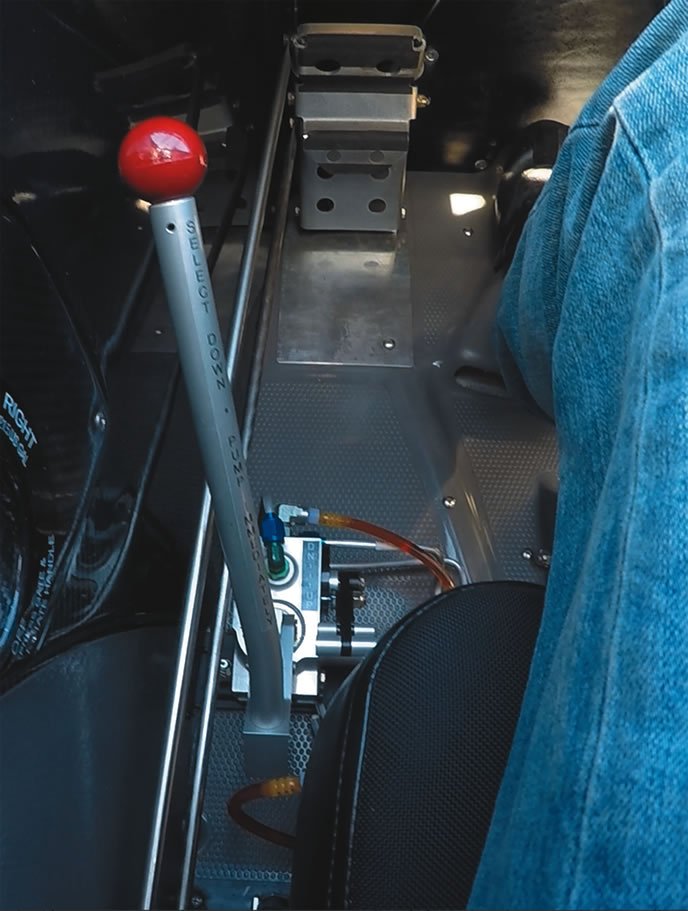
Baumann Out, Aerocet In
When Baumann exited the float business, CubCrafters didn’t have many options. Wipaire tilts toward larger aircraft floats that are both pricier and heavier. Lervold told us that only Aerocet seemed capable of designing and producing what CubCrafters had in mind. And what they had in mind was the lightest possible float with a little more buoyancy and length than the Baumanns offered.
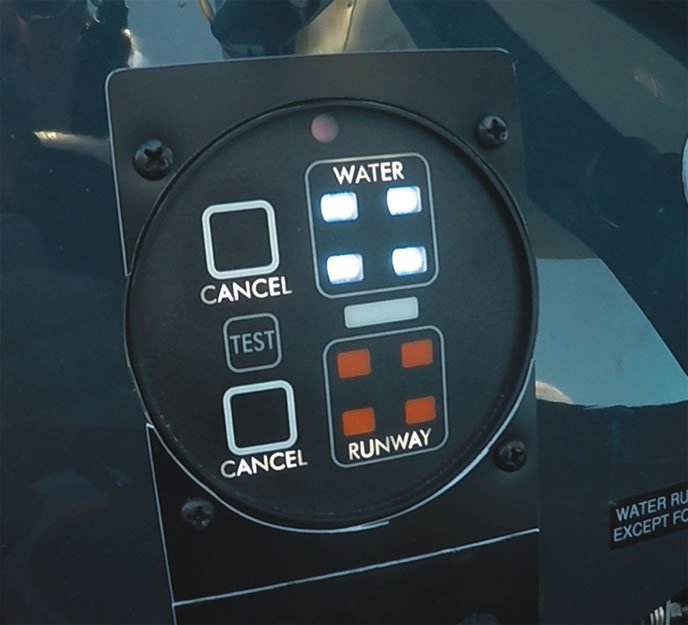
“The airplane was a little under floated with the Baumanns,” says CubCrafters’ Lervold. “So if you were taxiing downwind and you wanted to turn crosswind and back into the wind, it could tend to bury that outside float and kind of scare you. The Aerocet has just a little more float and it’s a little longer,” he adds. But there’s always compromise and that’s the case with the Aerocets. Made of fiberglass, they’re heavier than the all-aluminum Baumanns by about 40 pounds.
Also, in glassy water, the Baumann float rivets break loose the suction that keeps the airplane stuck to the water. To do the same with the glass-smooth Aerocets, just raise one float just a bit when the airplane announces its ready to stop boating and start flying. Back in the Aerocets’ favor, says Lervold, is that their chine hulls take chop better than the metal Baumanns do. Anyone worried about open water ops might find that a reasonable tradeoff against the higher weight of the Aerocets.
In exchange for the higher weight, the Aerocet floats also have more robust wheeled landing gear, with five-inch wheels rather than the four-inch rollers on the Baumann floats.
The larger wheels also have oleos rather than spring bumpers, so the floats can handle the bumps and jars of stuffing the airplane into unimproved strips that, besides lakes, is where many back-country pilots like to go. Like some of its larger brethren, the Aerocet floats have a hand-operated hydraulic gear system consisting of a stout Johnson bar attached to a double-acting pump on the floor at the foot of the pilot’s seat on the left side. Select down and give the handle a half dozen pumps and the wheels extend; reverse it to suck them back into the floats for a water landing.
And the airplane will do its damnedest to keep you from getting confused about what you’re fixing to land on. Standard equipment with the float set is an electronic minder that, when the airspeed gets below a certain value, nannies you to acknowledge the gear is up for a water landing or down for a runway landing. Forgetting one of these is worse that forgetting the other. A wheels-up landing on a runway will require an embarrassing visit to the paint shop; a wheels down landing on the water will involve recovery boats and a tense call to your insurance agent, if you survive the experience, which many pilots have not.
Lervold took us to Rimrock Lake, west of Yakima, to try the Carbon Cub on both turf and water. We didn’t compare the float-equipped airplane with a wheel airplane, but we would say you feel the weight of the floats during a runway takeoff. The wheeled Carbon Cub levitates off the runway almost before you’re ready for it, but the float version seems more leisurely. A light Carbon Cub is capable of 1800 to 2000 FPM initial climb and with the addition of the floats, you’ll lose about 200 FPM of that, mainly due to weight.
On the Water
On the water, the Carbon Cub gets quickly on the step and with the throttle firewalled, it doesn’t stay there long. In the video accompanying this article, you can see how quickly the airplane gets off the water, suggesting that Lervold was only half kidding when he said the Carbon Cub will get into mud puddles. This performance is due to favorable power-to-weight ratio. Other aircraft on floats—the Cessna 185 or 206—have tons more power, but also more weight.
In the LSA version, the Carbon Cub’s maximum gross is the standard amphib 1430 pounds and we wouldn’t be surprised if it’s flown at a higher weight than that. Not to be a scofflaw, but the Carbon Cub’s 1100-pound empty weight on floats, leaves but 330 pounds of useful load. Two people will use most of that up.
As noted above, the experimental version of the Carbon Cub is recommended for a maximum weight of 1850 pounds and that’s the version we flew. It’s essentially identical to the LSA version, save for minor airframe tweaks. The takeoff video was shot with two people aboard and nearly full fuel, so call the weight about 1700 pounds, nearly 300 pounds above the LSA limit.
The cruise performance hit varies. Lervold says that if the floats replace 26-inch wheels, the most popular option, there’s little or no speed penalty. Plan on about 110 MPH true at 8 GPH and better if you’re willing climb and/or burn more fuel. Not bad for an LSA on floats, in our view.
Visibility in the cockpit and over the nose is excellent, especially for water landings, where the attitude is a little flatter than it appears to be in a three-point runway landing. From the front seat, the view is commanding on floats and good on land gear because the three-point attitude doesn’t block the view over the nose; no S-turns required. Approaches are flown at under 60 MPH indicated, against a stall speed of 34 MPH at gross weight.
For our glassy water landings, Lervold recommended 55 MPH indicated and a taste of power to set up a 100 FPM descent rate to settle onto the smooth surface. For this kind of work, CubCrafters has equipped the airplane with an analog precision VSI occupying the center of the pilot’s view over the glareshield.
The Dynon glass in the airplane we flew has too much latency and is too far out of the pilot’s view to serve the same purpose. Once on the water, the Aerocet’s water rudders are deployed with a spring-loaded cable arrangement on the right side of the cockpit. Step taxis and slow taxi offered no particular difficulty.
No Apologies
As LSAs go, the CubCrafters airplanes are at the top tier, pricewise. Even the land-gear equipped versions invoice for around $225,000 because the base prices are high and buyers tend to option them up with everything imaginable. Jim Richmond offers no apology, for CubCrafters discovered long ago that it’s catering to a premium market and that buyers will write the check if they think the quality is there. We get the impression that the company doesn’t see a lot of tire kickers, but rather pilots who want a demo flight just to confirm that the 200 big ones they’re about to spend will pay for a quality airplane.
At any level in the LSA price chain, we’ve seen what we would describe as good construction practices and acceptable fit and finish, although some are a little better than others. We don’t see any LSAs with goobered paint or doors that don’t fit, which is more than we can say for the 25-year-old used airplanes that pass as, if not new, than not that old. CubCrafters airplanes appear to be consistent with this trend, but distinguish themselves, in our view, for creative engineering. The structural revisions CubCrafters wrought on first the Top Cub, then the Carbon Cub are hardly trivial but represent a major effort that approaches transformation, something that’s evident in the performance compared to other LSAs. And that, in our view, is what the high price tags fund. Buyers who want that kind of performance should expect to pay for it and about 50 a year are doing just that.
Contact CubCrafters at 509-248-9491 or www.cubcrafters.com

